From "Impact Factor Hegemony" to "Multi-dimensional Quality Perspective": The Transformation of Theoretical Paradigm in Academic Evaluation of Scientific Journals
DOI: 10.23977/infkm.2025.060114 | Downloads: 10 | Views: 766
Author(s)
Xiao Xiong 1
Affiliation(s)
1 Editorial Office of Water Resources and Power, Wuhan, Hubei, China
Corresponding Author
Xiao XiongABSTRACT
In an era of exponential growth in research outputs, the academic quality evaluation of scientific journals has become increasingly significant. The traditional evaluation paradigm dominated by the impact factor has gradually revealed numerous drawbacks. This paper conducts an in-depth analysis of the connotation, manifestations, and disadvantages of "impact factor hegemony," constructs a theoretical framework of the "multi-dimensional quality perspective," and comprehensively evaluates the academic quality of scientific journals from multiple dimensions such as academic innovation, research method rigor, social influence, and peer recognition. Meanwhile, it explores the paths for realizing the transformation of the theoretical paradigm, including conceptual shifts, methodological innovations, and institutional guarantees, providing a more scientific and rational theoretical basis for the academic evaluation of scientific journals and promoting the development of academic research and technological innovation.
KEYWORDS
Impact Factor; scientific journals; academic evaluation; paradigm shiftCITE THIS PAPER
Xiao Xiong, From "Impact Factor Hegemony" to "Multi-dimensional Quality Perspective": The Transformation of Theoretical Paradigm in Academic Evaluation of Scientific Journals. Information and Knowledge Management (2025) Vol. 6: 107-111. DOI: http://dx.doi.org/10.23977/infkm.2025.060114.
REFERENCES
[1] Lindgreen A, Di Benedetto C A, Brodie R J. Research quality: What it is, and how to achieve it[J]. Industrial marketing management, 2021, 99: A13-A19.
[2] Wang Yongchao; Fu Jinrui; Wang Xuefen; Sun Lin; Yu Ying. Research on Relationship between Academic Influence and Impact Factor in Sci-tech Periodicals (in Chinese)[J]. Tianjin Science & Technology, 2019, 46(5):93-96.
[3] LIU Xueli; WEI Yahui; MENG Jun. Limitations of journal impact factor percentile in interdisciplinary evaluation of academic journals (in Chinese) [J]. Chinese Journal of Scientific and Technical Periodicals, 2018,29(10):1018-1021.
[4] Garfield E. The history and meaning of the journal impact factor[J]. JAMA, 2006, 295(1): 90-93.
[5] Zhao Xing. An Analysis of the 5-Year Impact Factor in JCR (in Chinese) [J]. Journal of Library Science in China, 2010,36(3):120-126.
[6] Paulus F M, Rademacher L, Schäfer T A J, et al. Journal impact factor shapes scientists' reward signal in the prospect of publication[J]. PloS one, 2015, 10(11): e0142537.
[7] Zhang Lingzhi. Analyses of functions of impact factor in evaluation of Chinese scientific journals (in Chinese) [J]. Acta Editologica, 2003,15(2):126-127.
[8] Dong P, Loh M, Mondry A. The" impact factor" revisited[J]. Biomedical digital libraries, 2005, 2: 1-8.
[9] Ochsner M, Hug S, Galleron I. The future of research assessment in the humanities: bottom-up assessment procedures[J]. Palgrave communications, 2017, 3(1): 1-12.
[10] He Xuefeng, Peng Chaoqun.Dynamic evaluation model of academic influence of sci-tech periodicals (in Chinese) [J].Acta Editologica, 2002,14(04):238-240.
| Downloads: | 3599 |
|---|---|
| Visits: | 160882 |
Sponsors, Associates, and Links
-
Journal of Language Testing & Assessment
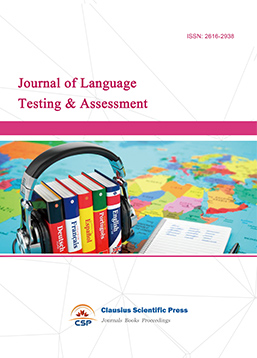
-
Military and Armament Science
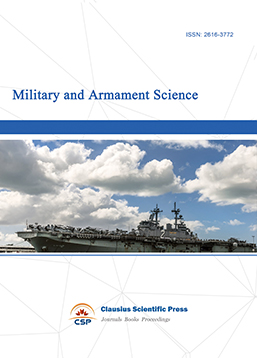
-
Media and Communication Research
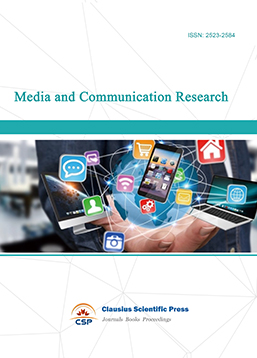
-
Journal of Human Movement Science
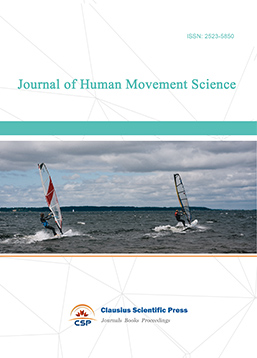
-
Art and Performance Letters
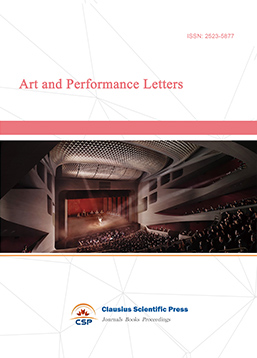
-
Lecture Notes on History
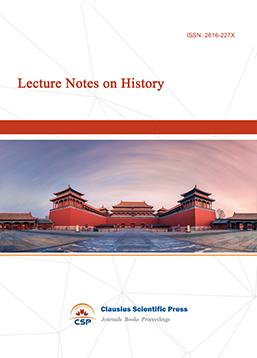
-
Lecture Notes on Language and Literature

-
Philosophy Journal
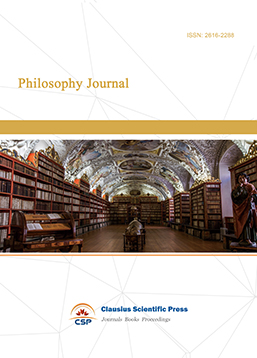
-
Science of Law Journal
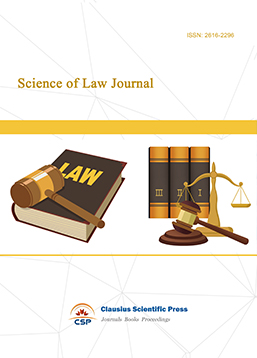
-
Journal of Political Science Research
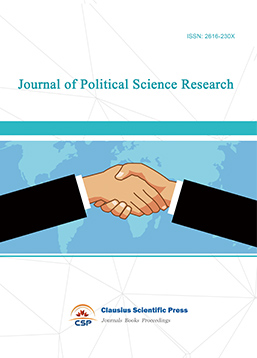
-
Journal of Sociology and Ethnology
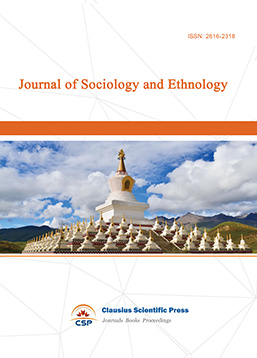
-
Advances in Broadcasting


 Download as PDF
Download as PDF